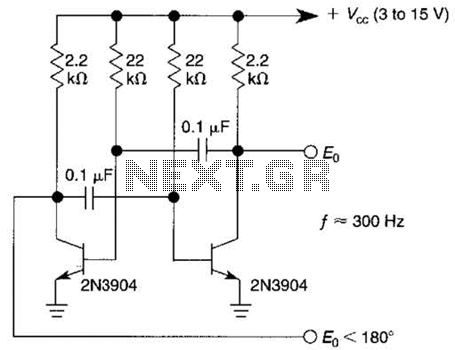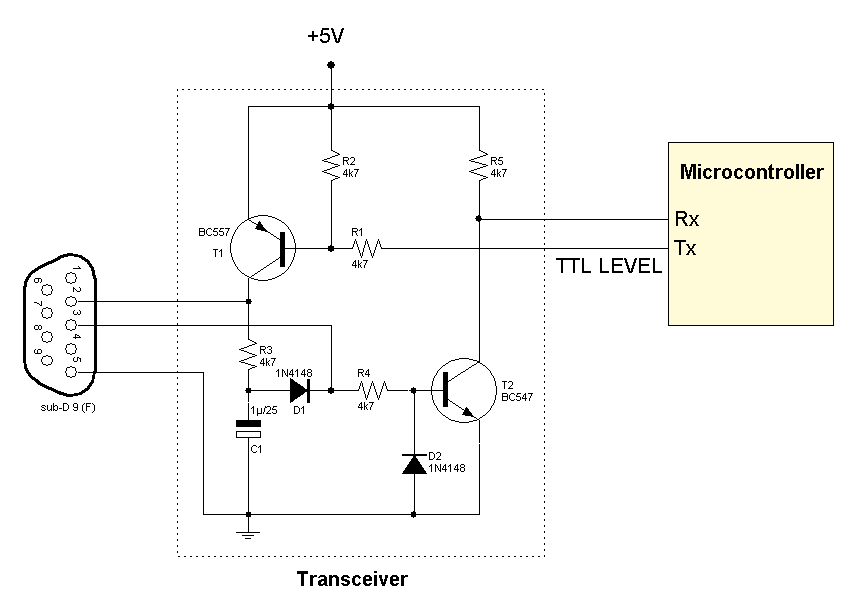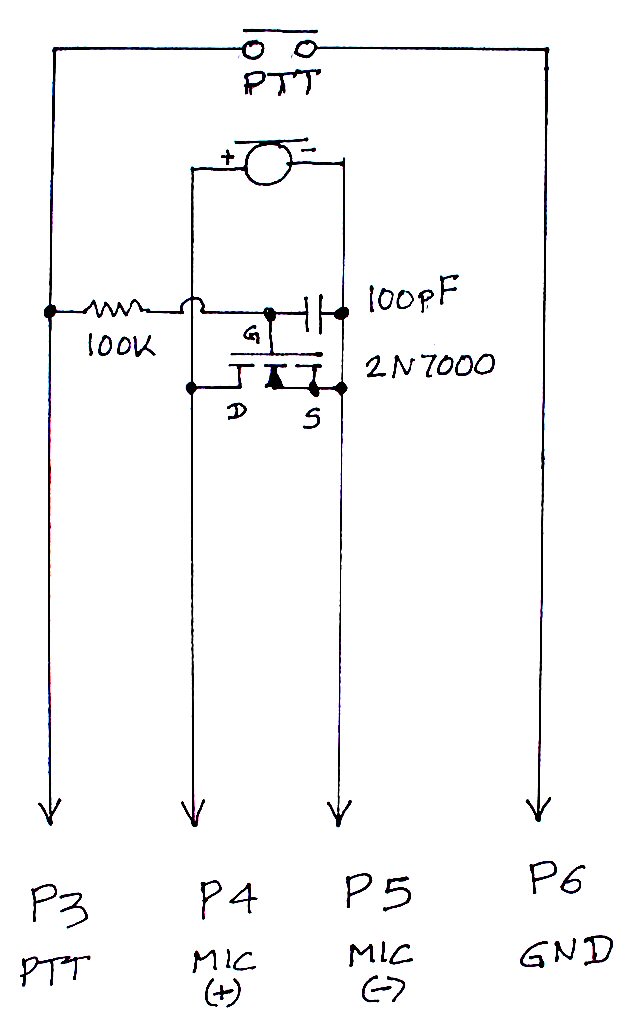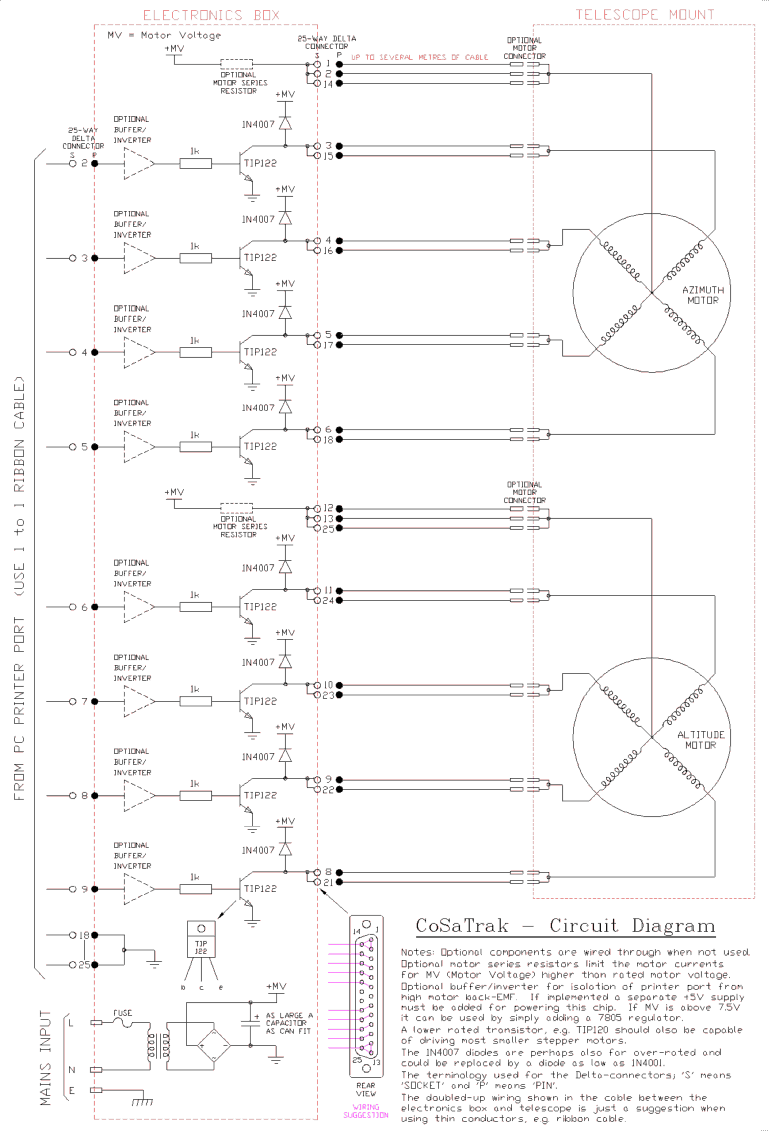
Astable Multivibrator Or Free-Running Square-Wave Oscillator Circuit

This free-running square-wave oscillator utilizes two NPN transistors. The output frequency is approximately 300 Hz with the specified component values.
The circuit operates as a basic oscillator, generating a square wave output through the interaction of two NPN transistors. The fundamental principle behind this oscillator is feedback, where the output of one transistor is fed back into the base of the other, allowing for continuous oscillation.
In this configuration, the two transistors are arranged in a feedback loop. When one transistor turns on, it allows current to flow through its collector to emitter, which subsequently provides base current to the second transistor. This causes the second transistor to turn on, allowing current to flow through it and providing base current back to the first transistor. This rapid switching between the two transistors generates the square wave output.
The frequency of oscillation, approximately 300 Hz, can be adjusted by changing the values of the resistors and capacitors in the circuit. Typically, a resistor-capacitor (RC) network is used to set the time constant, which directly influences the frequency. For instance, increasing the capacitance or resistance will lower the frequency, while decreasing these values will raise the frequency.
Power supply considerations are also important; the circuit requires a DC voltage source suitable for the transistors being used. It is essential to ensure that the transistors are rated for the voltage and current levels present in the circuit to prevent damage.
Overall, this circuit is a simple yet effective way to generate square wave signals, commonly used in applications such as clock pulses for digital circuits, tone generation, and signal modulation. Proper component selection and configuration are crucial for achieving the desired frequency and stability of the oscillator. This free-running square-wave oscillator uses two npn transistors. Output frequency is approximately 300 Hz with the values shown.
The circuit operates as a basic oscillator, generating a square wave output through the interaction of two NPN transistors. The fundamental principle behind this oscillator is feedback, where the output of one transistor is fed back into the base of the other, allowing for continuous oscillation.
In this configuration, the two transistors are arranged in a feedback loop. When one transistor turns on, it allows current to flow through its collector to emitter, which subsequently provides base current to the second transistor. This causes the second transistor to turn on, allowing current to flow through it and providing base current back to the first transistor. This rapid switching between the two transistors generates the square wave output.
The frequency of oscillation, approximately 300 Hz, can be adjusted by changing the values of the resistors and capacitors in the circuit. Typically, a resistor-capacitor (RC) network is used to set the time constant, which directly influences the frequency. For instance, increasing the capacitance or resistance will lower the frequency, while decreasing these values will raise the frequency.
Power supply considerations are also important; the circuit requires a DC voltage source suitable for the transistors being used. It is essential to ensure that the transistors are rated for the voltage and current levels present in the circuit to prevent damage.
Overall, this circuit is a simple yet effective way to generate square wave signals, commonly used in applications such as clock pulses for digital circuits, tone generation, and signal modulation. Proper component selection and configuration are crucial for achieving the desired frequency and stability of the oscillator. This free-running square-wave oscillator uses two npn transistors. Output frequency is approximately 300 Hz with the values shown.





